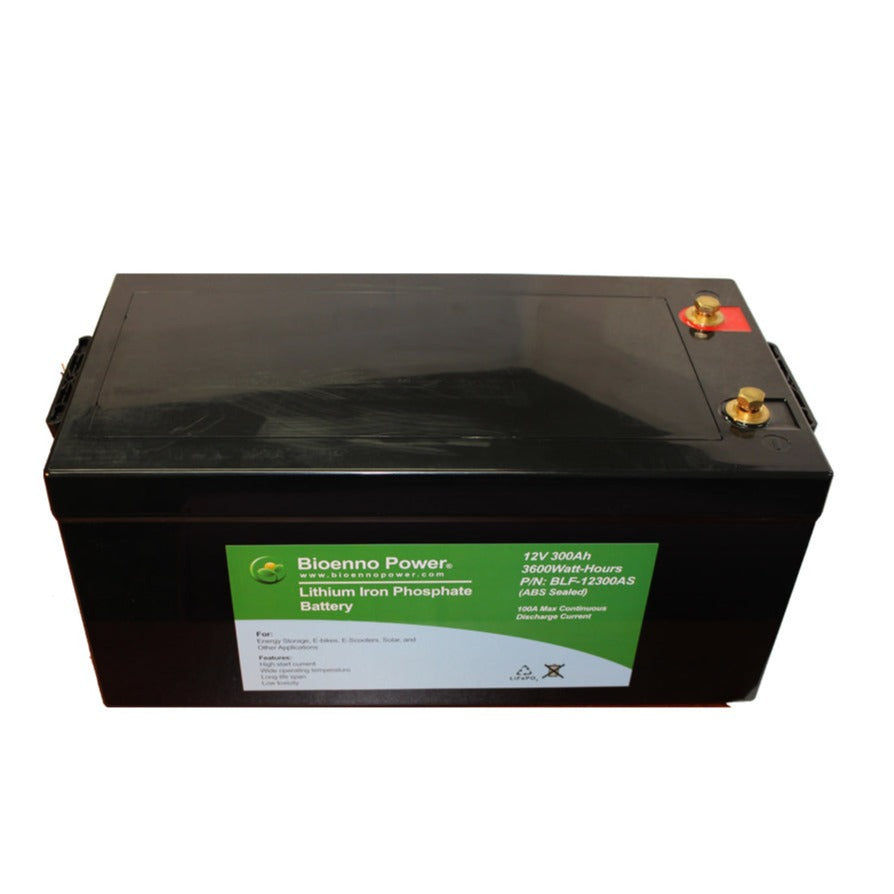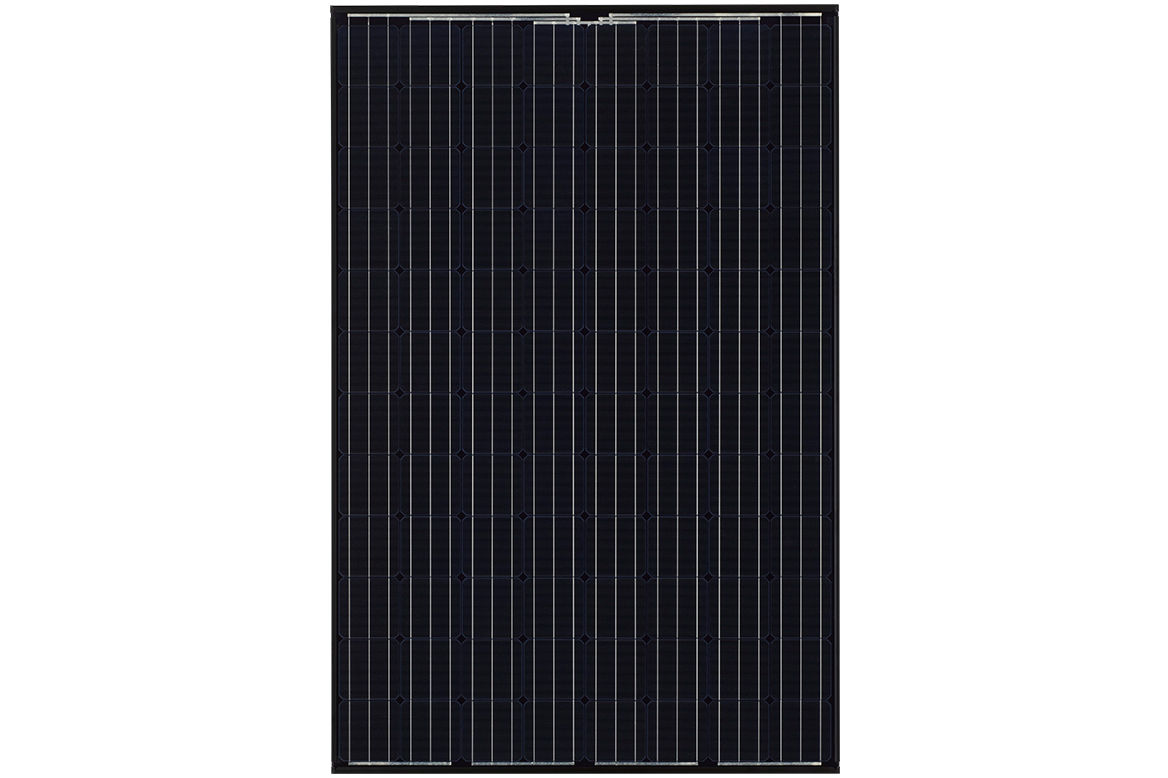- Messages
- 1,302
- Reactions
- 2,948
You can probably find them for less if you shop it around but check this out.
Follow along with the video below to see how to install our site as a web app on your home screen.
Note: This feature may not be available in some browsers.
Here's a better deal on the same specs. Biennopower has awesome customer service also.You can probably find them for less if you shop it around but check this out.

Here's a better deal on the same specs. Biennopower has awesome customer service also.

12V, 300Ah LFP Battery (ABS, BLF-12300AS)
Click here to download the Material Safety Data Sheet for LiFePO4 (Lithium Iron Phosphate) batteries. Price: $2,699.99 (Battery Only), $2,839.99 (Battery+Charger) The Bioenno Power Lithium Iron Phosphate (LiFePO4) Battery Model BLF-12300AS is a state of the art 12V 300Ah battery...www.bioennopower.com

Nice, I knew camping world was pricey. Now lets do a little math. I just looked at the full size fridge I have here at the shop, the label says at 110-120V it draws 6.5amps. So a fully charged 300Ah battery can run my fridge for 46 hours, but a 100% power factor doesn't exist maybe 97% if your lucky so lets round it down to 44hours. Now what would you need to charge such a battery. Lets use these 325W solar modules each one can make 5.45Amp, with say 5 hours of peak power sunlight on average per day, with optimum exposure and orientation, my math tells me you would need about 12. Of course you would still need an inverter and or inverter charger.

N320K Photovoltaic Module HIT® BLACK
The 96-cell high-efficiency HIT® N320 solar panel provides your home with a powerful combination of immediate energy savings, long term performance, and sleek beauty. A remarkably low temperature coefficient of -0.258%/°C helps generate greater electricity output even on the hottest days...na.panasonic.com
You missed a very important part of math, the battery is 12 volt, not 120 volt. Also you have have figure in some loss from the inverter.
So 6.5 amps of 120v = 65 amps of 12 volt. So now you are down to 4.6 hours of run time with no loss figured in. The good news is that a compressor fridge does not run all the time.
The panel you have listed is a 48v panel at the listed 5.5 amps. So at 12 volts that is 22 amps. For basic math figure you get about 5 amps/100 watts of solar at 12v at peak performance.
Always make sure you are talking about your amps in the same voltage. For example my 1500 watt toaster oven is 12.5 amps at 120 volts, but 125 amps at 12 volts. It remains 1500 watts though. In your case your fridge is 6.5 amps at 120 volts or 780 watts, no matter what amps or voltage it will always be 780 watts.
If you look at my previous post you will see some figures from what I use in my RV.
So I was "only" off by a factor of 10. At least I never claimed I was an expert. Did I at least get the math on solar panels to charge the battery correct? The good news is with two of those 325W solar panels, you could almost run my fridge. Once you start adding up the cost of solar panels, racking, batteries and inverters, a small diesel or natural gas powered generator starts make a lot more sense.
Once you start adding up the cost of solar panels, racking, batteries and inverters, a small diesel or natural gas powered generator starts make a lot more sense.

Now, Mt. Rainer, Glacier Peak, et al erupting also falls into that category, but screws all those plans, cause, ya know..ash.